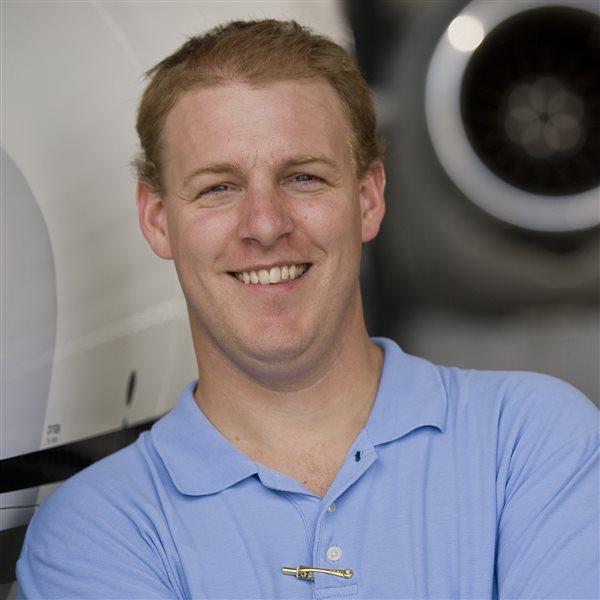Feedback is a critical part of the flight training process. Airplanes do it physically through the yoke, and instructors do it orally through the debrief (or at least they should). Encourage your instructors to take it to the next level.
First, the minimum. AOPA’s research into the ideal flight training experience clearly showed a strong link between instructor briefings and student feedback. With that in mind, your instructors must be expected to conduct—at a minimum—a preflight and post-flight briefing. A one-on-one conversation is a good way to start, but it’s not the only way to do it.
One step up from the standard post-flight briefing is a written report of each lesson. One independent instructor based in Georgia writes a two-and-a-half page debrief each time he flies with a student. Each follows a simple format: the date of the flight, flight time, aircraft, ground instruction time, main observations from the lesson, the covered items with quick notes on the performance of each, a section of items to focus on, what to expect for the next lesson, and the date and time of the next lesson. The reports are full of gems, things that can’t be found in a textbook. Comments such as, “focus on keeping both feet in contact with the pedals,” and “no wiggling of aileron without appropriate rudder application,” are excellent reminders and a good way for the student to prepare for the next lesson. An added benefit of this type of report is that it supports a type of learner who feeds off the written word.
For those who process things more visually, there is video. Cockpit cameras have become so good and so inexpensive that it’s easy to justify installing one for each lesson. A simple removable mount in the cockpit can show instruments, student control inputs, and the outside environment. Instructors can process files and either hand over the entire flight for reference or pick out specific points to show incorrect actions.
There are dozens of options available on the market. You can either purchase individual components or go with a package that includes filters and an audio cable, such as Sporty’s NFlight. The key component in this kit is audio. It will capture both radio and intercom communications, which are essential for the debriefing.
Whatever method you choose, spend some time thinking about ways to get your instructor feedback to the next level. It’s just another way to better service your students.



